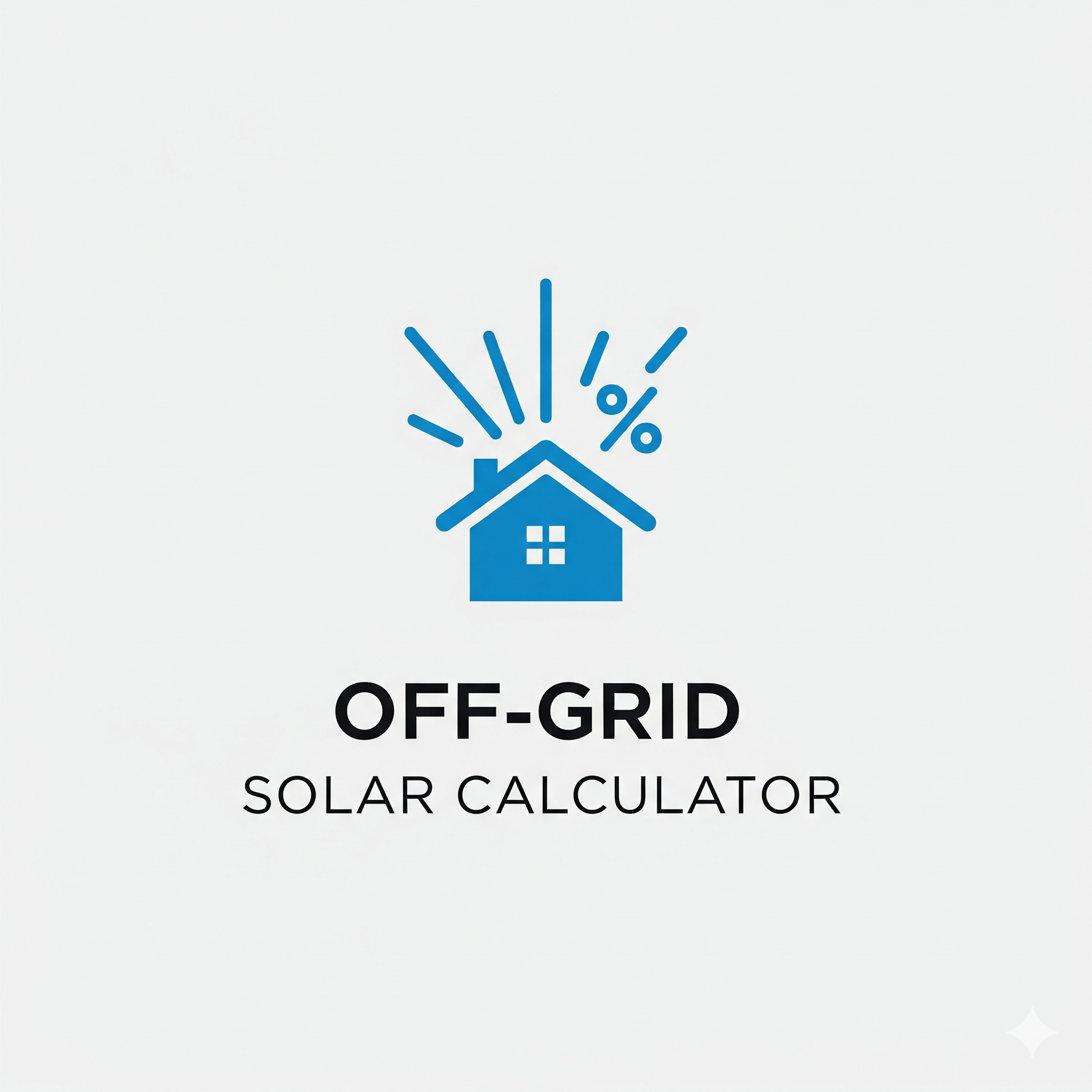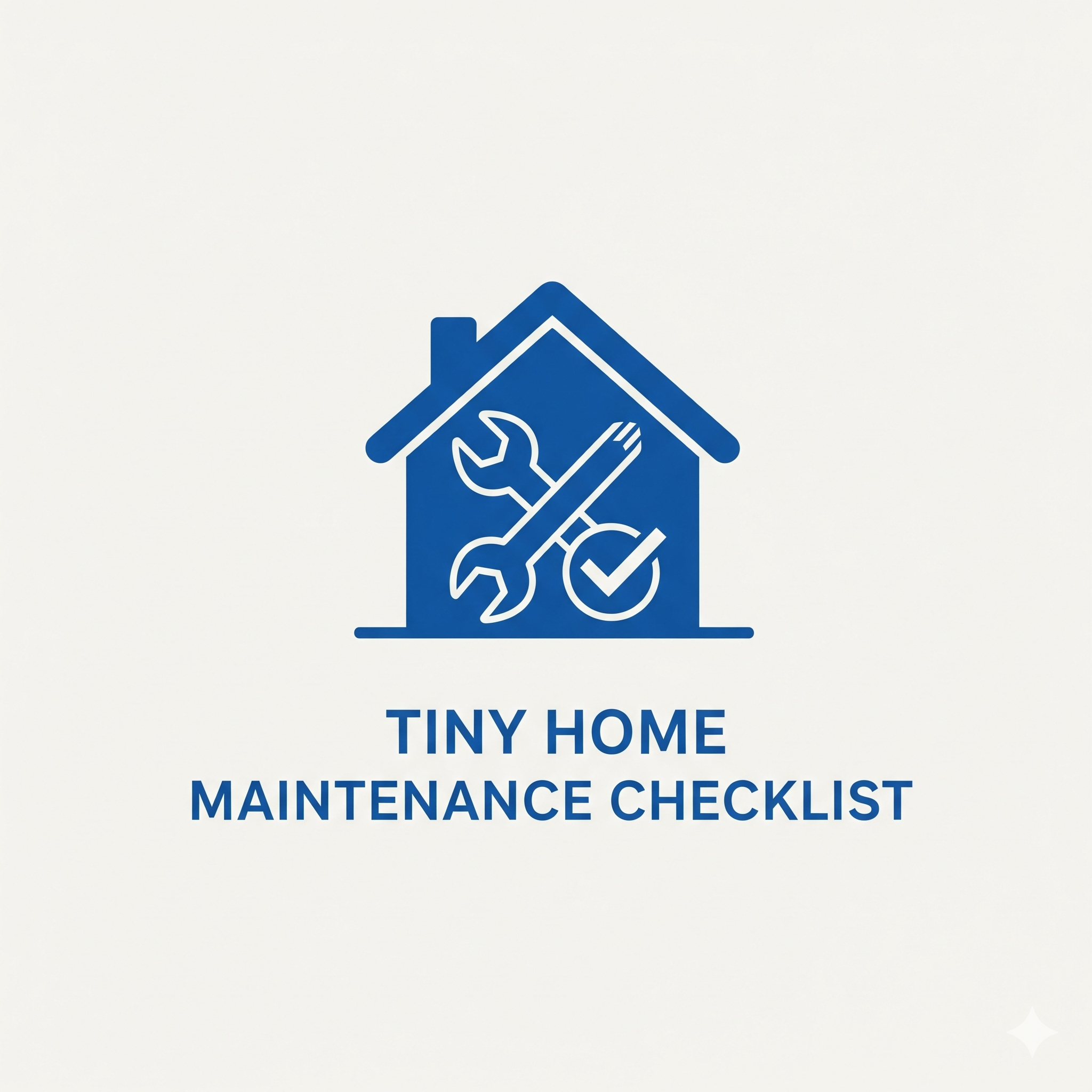Gallery Wall Layout Tool & Planner
Design your perfect gallery wall with our free interactive layout tool. Drag and drop frames of different sizes to create a balanced art wall before you hammer any nails.
Interactive Gallery Wall Layout Tool
Design your perfect art wall without putting a single hole in the wall! Set your wall size, add frames, and drag them into the perfect arrangement.
Controls
Add Frames
How to use this tool: Enter your wall’s width and height in inches. Click the “Add Frame” buttons to add different sized frames to your digital wall. Click and drag the grey frame blocks to arrange them. Select a frame (it will turn blue) and use the “Delete Selected” button to remove it. Experiment until you find a layout you love!
The Ultimate Gallery Wall Layout Tool: Design Your Dream Wall, Nail-Hole-Free
A gallery wall is one of the best ways to infuse your home with personality. It’s a canvas to tell your story through art, photos, and memories. But let’s be honest: the process can be terrifying. The fear of hammering that first nail, only to realize it’s off-center, can lead to “analysis paralysis.” As a designer and tiny home enthusiast at Neat Tiny Home, I’ve seen beautiful frames collect dust in a corner because their owner was too intimidated to hang them. That’s why I’m so excited to share this **Gallery Wall Layout Tool**. It’s your digital sandbox, a risk-free environment where you can play, plan, and perfect your arrangement before a single nail touches your wall. This tool is designed to give you the confidence to finally create that stunning, personal feature wall you’ve been dreaming of.
The traditional method of arranging frames on the floor is flawed—it’s hard to visualize how it will look vertically and even harder to transfer those positions accurately to the wall. This **Gallery Wall Layout Tool** solves that problem completely. By creating a scaled model of your wall, you can experiment with balance, spacing, and flow in a way that directly translates to your real-world space. It turns an intimidating guessing game into a fun, creative, and precise planning process, ensuring the final result is a balanced, cohesive masterpiece.
The Art of the Hang: Core Principles of a Great Gallery Wall
Before you start dragging frames around in the planner, it helps to understand what makes a gallery wall look cohesive and professional, rather than chaotic. Designers rely on a few core principles:
- Find Your Anchor: Most successful gallery walls have an anchor point. This is often an imaginary horizontal line running through the center of the arrangement, about 57 inches from the floor (eye-level for the average person). You can then arrange frames above and below this line.
- Maintain Consistent Spacing: The secret ingredient to a polished look is the space *between* the frames. Aim for a consistent gap, typically 2-3 inches, between all your pieces. This creates a visual rhythm and keeps the arrangement from looking messy.
- Balance Visual Weight: Distribute your large and small frames, as well as light and dark colored art, evenly throughout the arrangement. Avoid clustering all your large, heavy pieces on one side, which can make the whole wall feel lopsided.
- Create Cohesion: Your gallery wall will feel most unified if there’s a common thread. This doesn’t mean everything has to be identical. Your cohesion can come from a consistent frame color (e.g., all black frames), a similar color palette in the art, or a common theme (e.g., all travel photos).
The Foolproof Method: From Digital Plan to Real-World Wall
Once you’ve perfected your layout using the **Gallery Wall Layout Tool**, how do you transfer it to your wall with perfect precision? Here is the professional, can’t-fail technique:
- Trace and Cut: For each frame in your arrangement, trace its outline onto a piece of kraft paper or an old newspaper and cut it out.
- Mark the Nail Spot: On each paper template, measure and mark the exact spot where the nail or hanger needs to go. This is a crucial step!
- Tape to the Wall: Using painter’s tape, stick the paper templates onto your wall, recreating the exact layout you designed in the tool. This is your chance to make final adjustments. Step back, look at it from different angles, and live with it for a day if you want.
- Hammer and Tear: Once you’re 100% happy, simply hammer your nail directly through the marked spot on each paper template. Once the nail is in, gently tear the paper off the wall.
- Hang Your Art: Hang your frames on their perfectly placed nails. The result is a flawless execution of your digital plan, with no extra holes or guesswork. This method is championed by designers everywhere, including the experts at decor sites like Apartment Therapy.
Popular Gallery Wall Layouts to Inspire You
While our tool lets you create any layout you can imagine, it can be helpful to start with a classic template. Here are a few popular styles to try:
| Layout Style | Description | Best For |
|---|---|---|
| Symmetrical Grid | All frames are the same size and are hung in a perfect grid with equal spacing. | A formal, modern, and clean look. Perfect for minimalist or contemporary spaces. |
| Asymmetrical / Salon | A mix of different frame sizes, orientations, and even shapes, arranged organically. | An eclectic, personal, and evolving collection. Great for Bohemian or transitional styles. |
| Centered Anchor | One large, central piece of art is surrounded by a collection of smaller frames. | Creating a clear focal point and highlighting a favorite piece of art. |
Your walls are a blank canvas for your story. A gallery wall is a deeply personal and impactful way to make your house truly feel like a home. Stop letting fear hold you back. Use this **Gallery Wall Layout Tool** to unleash your inner curator, design with confidence, and create a space that is a perfect reflection of you.
What special pieces—photos, art, or objects—are you most excited to include in your gallery wall? Share your ideas in the comments below!
Frequently Asked Questions (FAQ)
- How high on the wall should I start my gallery wall?
A great rule of thumb is to have the center of the entire arrangement at about 57 inches from the floor. This is the standard eye-level for an average person and is the height museums use to hang art. If your gallery wall is above a sofa, leave about 6-8 inches of space between the top of the sofa and the bottom of the lowest frame. - Should all my picture frames match?
Not at all! A mix of frame styles and finishes can create a wonderfully eclectic and personal look. The key to making it look cohesive is to have another unifying element, like a consistent color palette in the artwork or a common theme (like all black-and-white photos). - Can I include things other than framed pictures?
Absolutely! The most interesting gallery walls often mix media. Consider including small mirrors, shallow baskets, textile art like a small macrame hanging, antique plates, or even your child’s favorite piece of artwork. - What are the best options for hanging frames without using nails?
For renters or those who are hesitant to make holes, adhesive picture-hanging strips (like Command Strips) are a fantastic option. Just be sure to check the weight limit for the size you are using. Another great no-holes option is to use picture ledges or shelves, which allow you to easily lean and layer frames and swap them out whenever you like.




Post Comment